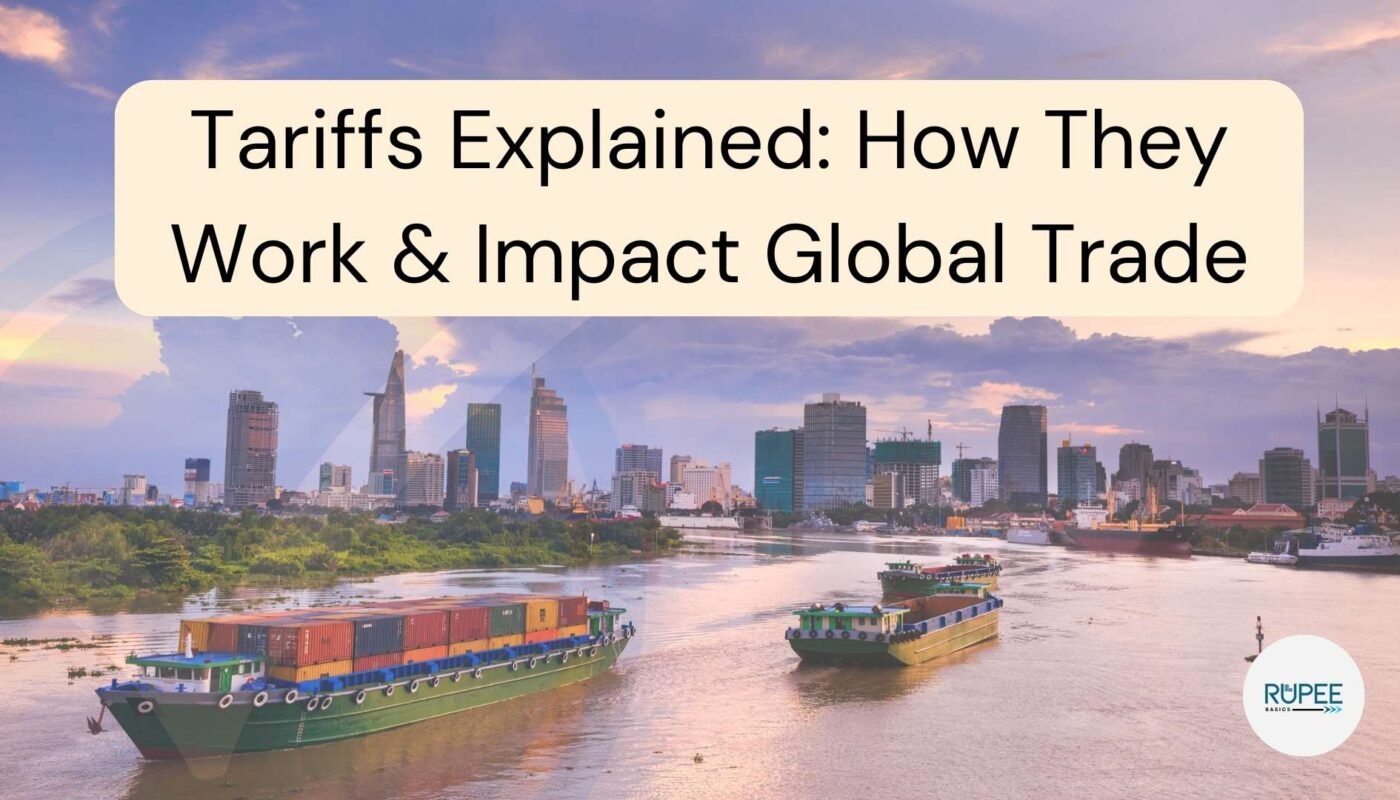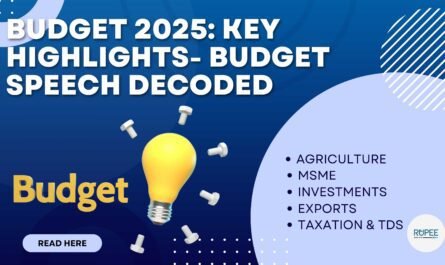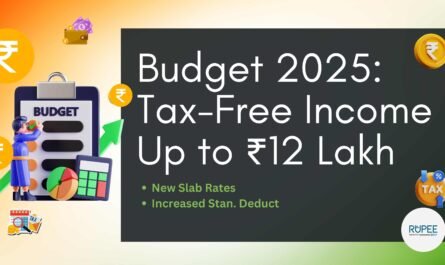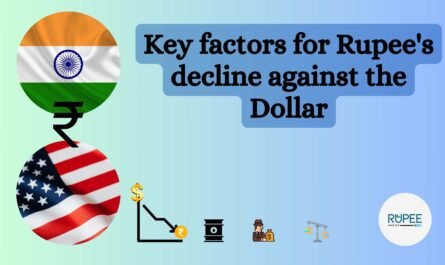Understanding Tariffs: How They Work, Why the U.S. Imposes Them, and Their Global Impact
Introduction
Have you ever wondered why some imported products suddenly become more expensive? The answer often lies in tariffs—a tool governments use to influence trade. In this blog, we’ll break down what tariffs are, how they work, why the US imposes them, and their real-world effects. Whether you’re new to economics or just curious, this guide is for you!
Tariffs are taxes imposed by a government on imported goods. They increase the cost of foreign products, making them less competitive compared to domestic goods. This can encourage consumers to buy locally produced items, supporting domestic industries.
What Are Tariffs?
Tariffs are taxes imposed on goods imported from other countries. Think of them as a “fee” that foreign companies must pay to sell their products in another country. For example, if the US imposes a 20% tariff on foreign cars, an importer bringing in a $30,000 vehicle would pay an extra $6,000 to the government.
How Do Tariffs Work?
Let’s simplify the process:
- A country sets a tariff rate (e.g., 25% on steel).
- Importers pay the tax when bringing goods into the country.
- Costs may rise for businesses and consumers (e.g., higher prices for steel-made products).
- Domestic industries might benefit as foreign goods become pricier compared to local products.
Example: For example, a 10% tariff on a $100 item adds $10 to its cost. Importers often pass this extra cost to consumers, leading to higher prices.
Why Does the US Government Impose Tariffs?
The US uses tariffs for several reasons:
- Protect Local Jobs: Making foreign goods costlier helps US companies compete, saving jobs in industries like manufacturing.
- Address Unfair Trade Practices: Tariffs can punish countries for dumping cheap products or stealing intellectual property (e.g., US-China trade war).
- Reduce Trade Deficits: By taxing imports, the US aims to lower its reliance on foreign goods.
- Political Strategy: Tariffs can pressure other nations to negotiate trade deals.
Effects of Tariffs: The Good and the Bad
Pros
Boost Domestic Industries: Local businesses face less competition.
Generate Government Revenue: Tariffs add to federal funds.
Leverage in Negotiations: They can force other countries to the bargaining table.
Cons
Higher Prices for Consumers: Imported goods (like electronics) become expensive. Tariffs can lead to increased costs for goods, affecting household budgets.
Trade Wars: Other countries retaliate with their own tariffs (e.g., China’s tariffs on US).
Supply Chain Disruptions: Companies relying on imports face delays and increased costs.
Market Volatility: Tariff announcements can cause fluctuations in stock markets.
Real-World Example: The US-China Trade War
In 2025, the U.S. implemented significant tariffs under President Donald Trump:
Other Countries: Tariffs ranged from 10% to over 30% on imports from nations like India, Vietnam, and Japan .
China: Tariffs increased to 145% on certain goods, aiming to address trade imbalances and other concerns.
Canada and Mexico: A 25% tariff was imposed on most imports, with exceptions for certain energy products.
Conclusion/Summary
Tariffs are a double-edged sword. While they protect domestic industries and jobs, they often lead to higher prices and global tensions. The US uses them strategically, but the outcomes depend on how other countries respond. As global trade evolves, tariffs remain a hot topic in discussions about economic policy.
FAQs About Tariffs
Q1: Who actually pays the tariff?
A: Importers pay the tax upfront, but they often pass the cost to consumers through higher prices.
Q2: Do tariffs make everything more expensive?
A: Not always, but commonly targeted goods (like electronics or cars) see price hikes.
Q3: Why use tariffs instead of banning imports?
A: Tariffs allow trade to continue while giving local industries a competitive edge.
Q4: Do tariffs hurt the economy?
A: They can—especially if trade wars escalate. However, some sectors (like manufacturing) may benefit.
Q5: Are tariffs still relevant in 2025?
A: Yes! The US continues to use tariffs, especially in industries like electric vehicles and semiconductors.
Q6: Do tariffs always benefit the domestic economy?
Not necessarily. While they can protect local industries, tariffs may also lead to higher prices and retaliatory measures from other countries.
Q7: Can tariffs lead to job losses?
Yes. Industries reliant on exports or imported materials may suffer, potentially leading to job cuts.
Q8: Are there alternatives to tariffs for addressing trade issues?
Yes. Countries can use negotiations, trade agreements, and international dispute resolution mechanisms to address concerns.
Q9: Who actually pays the tariff—the exporting country or the importer?
The importer pays the tariff. This cost is often passed on to consumers through higher prices.
Q10: What’s the difference between a tariff and a trade quota?
A tariff is a tax on imports, while a quota is a limit on the quantity of a specific good that can be imported.
Q11: Can tariffs be used as a political tool?
Yes. Tariffs can be used to pressure other countries during negotiations or to address non-economic issues.
Q12: Do all countries impose tariffs?
Most countries use tariffs to some extent, but the rates and policies vary widely depending on economic strategies and trade agreements.
Q13: How do tariffs impact developing countries?
Tariffs can make it harder for developing countries to export goods, potentially hindering their economic growth.
Q14: Are there any goods exempt from tariffs?
Yes. Some goods are exempt due to trade agreements, essential needs, or diplomatic considerations.
Final Thoughts
Understanding tariffs helps you grasp how global trade policies affect everyday life. While they’re a powerful tool, balancing their benefits and drawbacks is key to a healthy economy. Stay informed, and watch how these “trade taxes” shape the world!
“A budget is telling your money where to go instead of wondering where it went.” – Dave Ramsey




